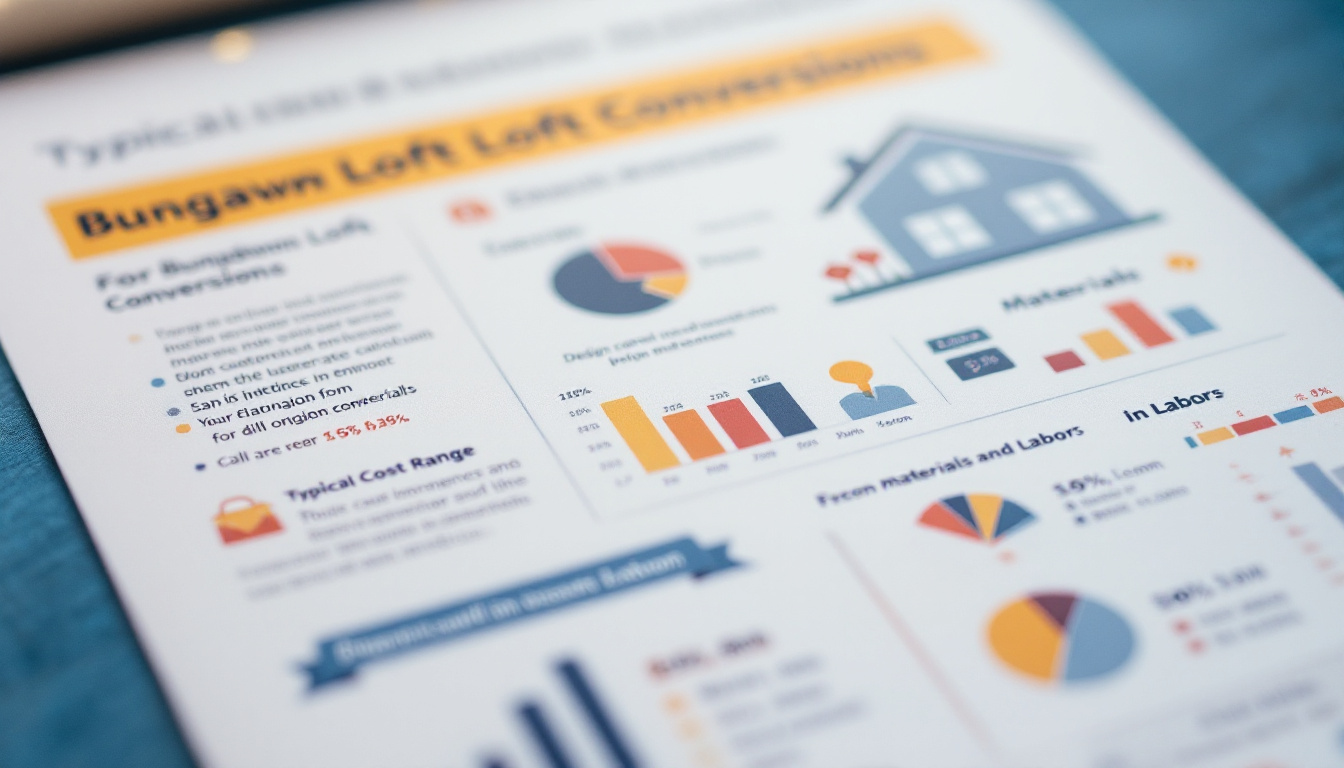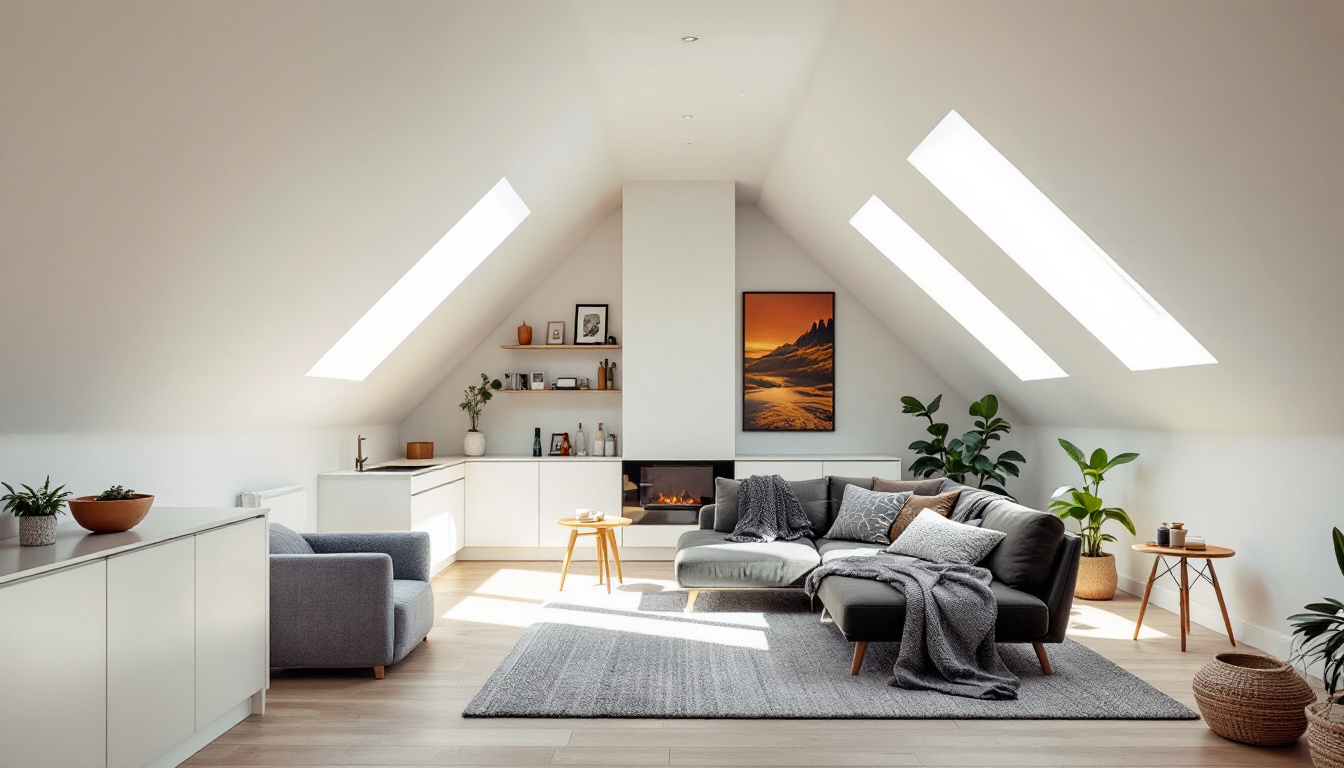How Much Does a Loft Conversion Cost for a Bungalow?
Loft conversions have become an increasingly popular way to add space and value to homes across the UK. For bungalow owners, converting the loft can be a smart solution to create extra bedrooms, home offices, or even stylish living areas without the need to extend outwards. But how much does a loft conversion cost for a bungalow? This article breaks down the typical costs, types of conversions, and what factors influence the price, helping you make an informed decision.
Understanding Bungalow Loft Conversions
Bungalows are single-storey homes, which means their loft spaces are often smaller and have lower ceilings compared to multi-storey houses. This can make loft conversions a bit more challenging but also rewarding when done right. Loft conversions in bungalows can transform underutilized attic spaces into fully functional rooms, adding valuable living space without altering the footprint of the property.
There are several types of loft conversions suitable for bungalows, including dormer, mansard, and hip-to-gable conversions. Each type comes with its own design considerations and cost implications, which we'll explore further below.
Typical Cost Range for Bungalow Loft Conversions
When it comes to budgeting for a bungalow loft conversion, costs can vary widely depending on the size of the loft, the complexity of the project, and the type of conversion chosen. According to various industry sources, the average cost of a bungalow loft conversion in the UK typically ranges from £20,000 to £60,000. However, some estimates suggest it can go as high as £100,000 for more complex or premium conversions.

For example, LondonLoftsLtd.co.uk reports costs ranging from £35,000 to £85,000, while RatedPeople.com notes a broader range between £40,000 and £100,000. These differences highlight how factors such as location, materials, and design choices can impact the final price.
Why Such a Wide Range?
The variation in cost is influenced by several factors:
- Type of Conversion: Simple roof light conversions are cheaper, while dormer or mansard conversions, which require more structural work, tend to be more expensive.
- Size and Complexity: Larger lofts or those with awkward roof shapes require more materials and labour.
- Planning and Building Regulations: Compliance with local regulations can add to the cost, especially if additional structural work or fire safety measures are needed.
- Finishing and Fixtures: High-end finishes, bespoke joinery, and integrated lighting will increase the overall budget.
Types of Loft Conversions for Bungalows and Their Costs
Choosing the right type of loft conversion is crucial, as it affects both the usability of the space and the cost. Here’s a look at some popular options for bungalows:
Dormer Loft Conversion
Dormer conversions involve building a box-like structure that extends vertically from the existing roof, creating additional headroom and floor space. This is one of the most common types of conversions for bungalows due to its practicality.
The cost for a dormer loft conversion generally sits in the mid-range of the price spectrum. It requires structural work to extend the roof but offers a significant increase in usable space and natural light.
Mansard Loft Conversion
Mansard conversions are considered premium upgrades. They involve altering the entire roof slope to create a full-width extension with vertical walls, maximizing the loft’s volume.
Ian Garner, an expert cited by Homebuilding.co.uk, notes that “a mansard is often the most expensive loft conversion due to its size and skilled construction work that goes into the build.” This type of conversion can significantly increase a property’s value and usable space but comes with a higher price tag, often at the upper end of the bungalow loft conversion cost range.
Hip-to-Gable Conversion
This conversion involves extending the sloping side of the roof (the hip) to create a vertical wall (gable), which increases the loft space. It’s a popular choice for bungalows with hipped roofs.
The cost is typically comparable to dormer conversions but depends on the complexity of the roof structure and planning permissions required.
Recent Changes in Loft Conversion Regulations
In December 2024, the UK government eased rules around loft extensions, making it simpler for homeowners to build loft extensions and add extra storeys. This regulatory change can reduce some of the planning hurdles and potentially lower the cost and timeframe for completing a loft conversion.

For bungalow owners, this means more flexibility in designing loft spaces and possibly more cost-effective projects. It’s always wise to check the latest local planning guidelines or consult with a professional before starting your conversion.
Value Added by Loft Conversions
Beyond creating extra space, loft conversions can add significant value to your home. According to Unbiased.co.uk, a loft conversion can add approximately 20% to a property's value. This makes it a worthwhile investment, especially in areas where property prices are high or space is at a premium.
For bungalow owners, this means that the money spent on a loft conversion can often be recouped through increased resale value, while also enhancing your living experience in the meantime.
Energy Efficiency and Environmental Impact
While loft conversions primarily focus on space and value, they also offer opportunities to improve your home’s energy efficiency. A study on green retrofits in London housing found that renovations including loft insulation, double-glazed windows, and energy-efficient lighting can save around 9 MWh in energy consumption and reduce carbon emissions by approximately 1,700 kgCO₂ annually.
Incorporating energy-efficient features during your loft conversion not only helps the environment but can also reduce your energy bills over time, making your home more comfortable and sustainable.
Final Thoughts: Planning Your Bungalow Loft Conversion
Deciding to convert your bungalow’s loft is an exciting step that can transform your home. Understanding the costs involved—from around £20,000 to upwards of £85,000 depending on the type and complexity—helps set realistic expectations.
Choosing the right type of conversion, keeping an eye on recent regulatory changes, and considering the potential increase in property value and energy efficiency will ensure your project is a success. Consulting with experienced builders or loft conversion specialists can provide tailored advice and accurate quotes based on your specific property.
Ultimately, a well-planned bungalow loft conversion is an investment that can provide much-needed space, enhance your lifestyle, and add lasting value to your home.


